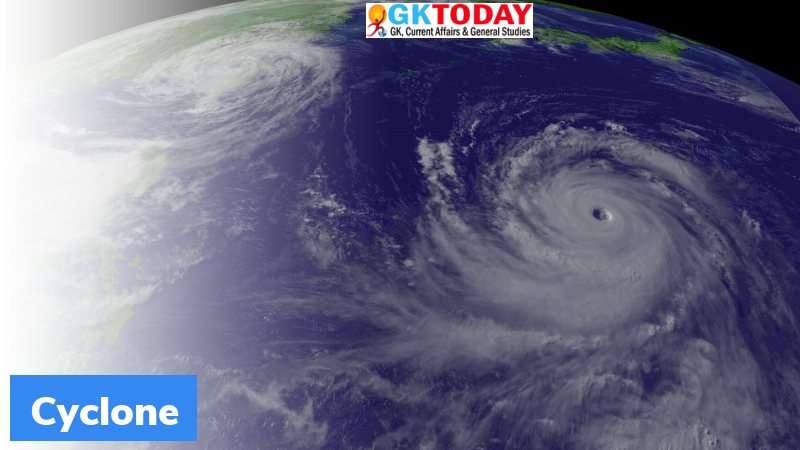IIT-Kharagpur develops Early Cyclone Detection Technique
Indian Institute of Technology (IIT) Kharagpur have developed an early cyclone detection technique which will help in early detection of development or strengthening of tropical cyclones in North Indian Ocean region.
About Cyclone Detection Technique
IIT developed this technique using Eddy detection technique. It will investigate formative stages and advance detection time of tropical cyclogenesis. This technique was studied under Climate Change Program with support from Department of Science and Technology. The technique was developed with the aim of identifying initial traces of pre-cyclonic eddy vortices in atmospheric column. It also seeks to track its spatio-temporal evolution. Researchers used a coarser grid resolution of 27 kilometres to identify the characteristics of eddy vortices.
How this technique is different?
Earlier, remote sensing techniques were used to detect cyclones earliest. But this detection was possible only after development low-pressure system over warm ocean surface. New technique is based on cyclonic eddies which are prominent features of vertical atmospheric column inducing and developing into a cyclonic depression over warm ocean surface. They could be used to detect prediction of cyclones at early stage. Thus, larger time gap between detection and impact of cyclone could help in preparation activities.
How study was carried?
Researchers conducted the with cases of four post-monsoon severe cyclones namely, Phailin in 2013, Vardah in 2013, Gaja in 2018 & Madi in 2013 and two pre-monsoon cyclones Mora in 2017 & Aila in 2009. They observed, this technique was able to prediction with a minimum of four days lead time for cyclones.
Month: Current Affairs - June, 2021


